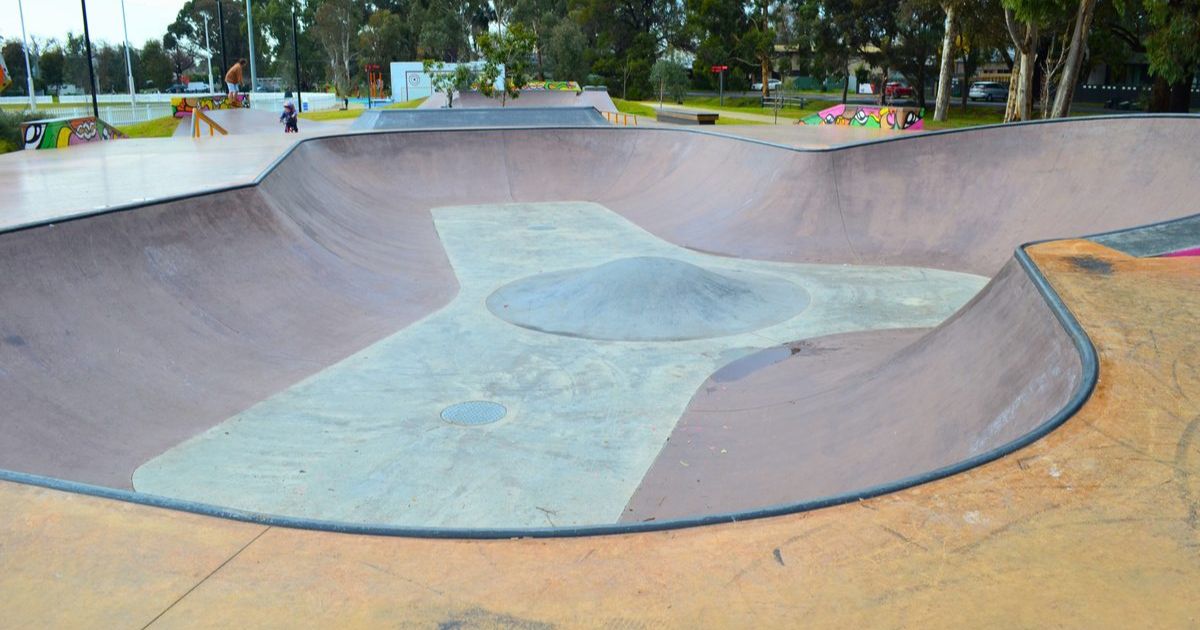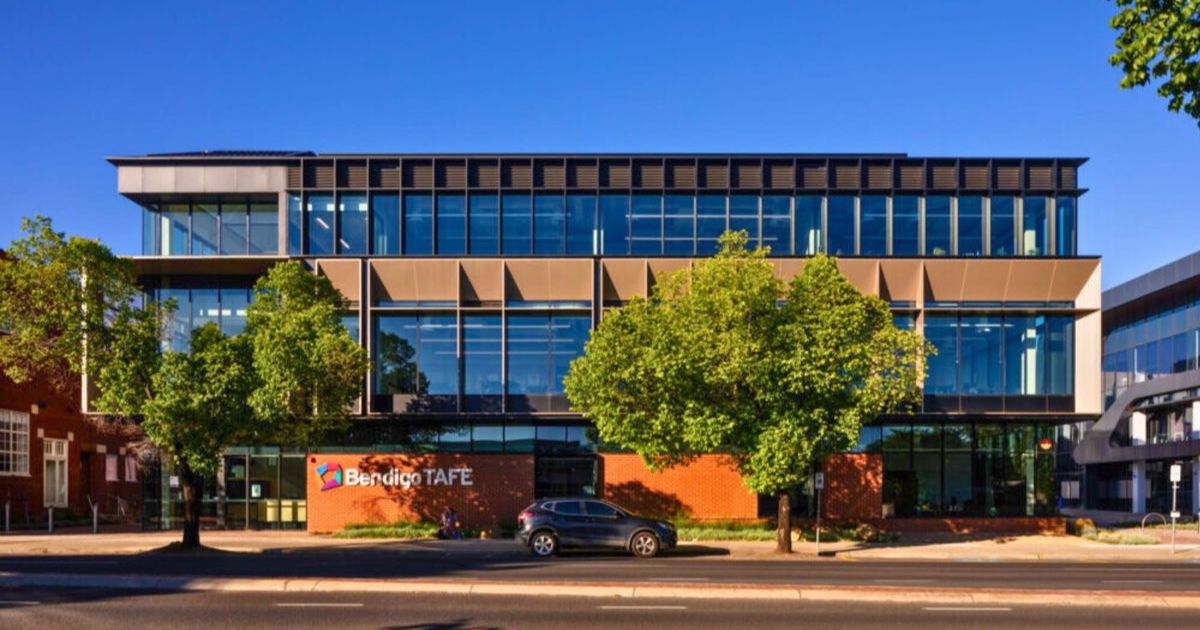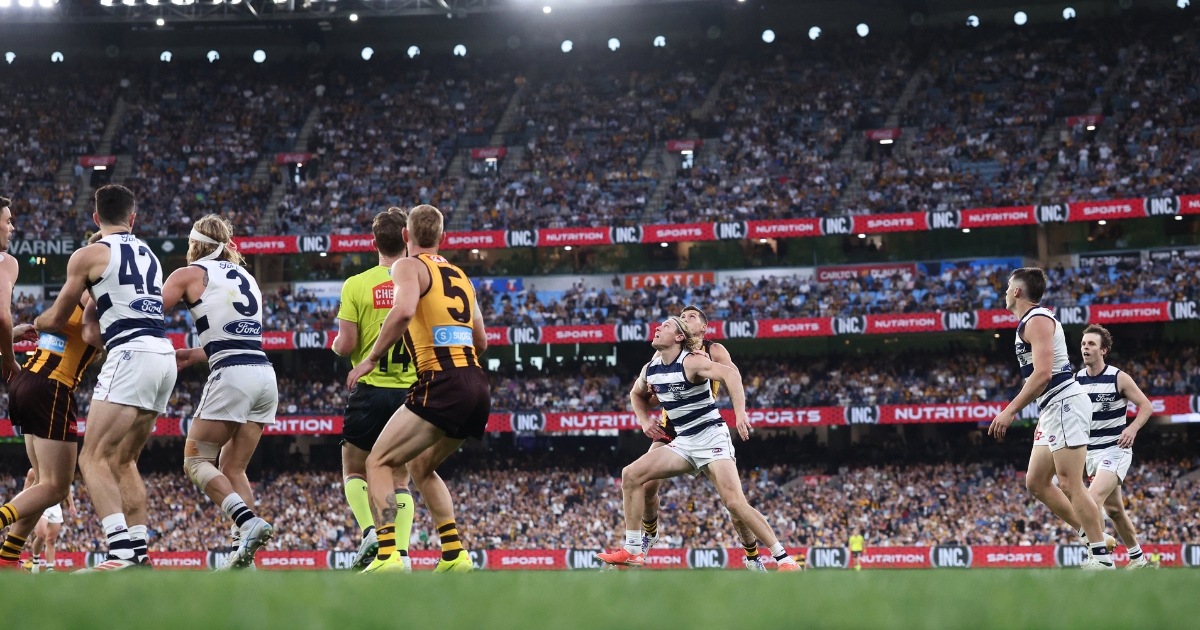FROM THE DESK OF Roland Rocchiccioli – December 6, 2018

Grand: Queen Elizabeth II greets commuters at Ballarat Station during the 1954 Royal Tour. Photo: SUPPLIEDXONA
‘Change is the law of life; and those who look only to the past, or present, are certain to miss the future’ – John F Kennedy.
THE development of the Ballarat railway station precinct is about the distant future. Built in 1862, it is one of the great railway stations in the world. In my time I have I waited, with varying degrees of impatience, on platforms from John O’Groats to Land’s End in the United Kingdom; the old Soviet Union from Vladivostok to Moscow, and Minsk, Belarus; the USA; and Europe. Ballarat station a grand Victorian Italianate, and will stand, presumably, a silent sentinel, until the end of time; an academic indicator for anthropologist, environmental and urban scientists, and architectural students; a monument to the vision of the city’s forefathers; an historical reminder of the Ballarat gold rush; and a permanent thing of beauty for the people of the city.
In 150-years hence much of the now fallow land between Melbourne and Ballarat will be housed. By 2168, Ballarat will have grown beyond our recognition to become an important major regional city, and which, like Melbourne, will have its own metropolitan area. The city will have a new and distinct raison d’etre. The planning for this evolution requires clarity and vision, and a certainty that long-term decisions are appropriate, and sustainable.
Future generations will recall with rancour if current determinations are flawed. To have labelled and sold Crown Land as ‘surplus to requirement’ is arrant folly. The logic is incompressible, and the decision hubristic and lacking in foresight. Land is not, and could never be, ‘surplus to requirement’. When our descendants come to undertake the next development of the railway precinct they will assemble, shake their heads in disbelief, and ponder, ‘Who was misguided knave who sold this land?’
It is contended by Ballarat’s ‘Save Our Station’ members that major plans for the railway precinct (the first in 150-years) are ill-conceived, and inappropriate. For the greater part, their objections have been ignored, or thwarted. According to their website, a troublingly redacted FOI executive summary states, “It is acknowledged that this project is not privately commercially viable without government support”. It begs the question: How could the Andrews government approve a private project requiring an injection of public money?
At the outset they talked of a five-star hotel. One can only assume those making such a preposterous description have never stayed in a five-star hotel. Indeed, by European standards there are no five-star hotels in Australia. They are, at best, superior 4-and-a-half – with the possible exception of the Melbourne and Sydney Park Hyatt. It is too silly for words to suggest a country hotel, over-looking a railway shunting yard, would be graded as five-star. Across the world, no regional city the equivalent of Ballarat is capable of supporting a five-star hotel. Three is what one expects. Craig’s is an exemplary example.
Occupancy rates for Ballarat hotels/motels et al are running at approximately 56% – which is not fantastic. At its zenith, the late Irvin Rockman’s Regency in Melbourne, was running at 98 per cent. The two-per cent represented complimentary rooms allocated to various actors and showbusiness personalities. Ballarat is well-served for hotel accommodation, and it is incumbent on the Council to assist in making those existing establishments financially viable. That would better serve the city. Research would indicate there is no demand for more business meeting spaces?
For whatever reason, the developers changed their mind and now plans serviced apartments. Many entertainment industry touring personnel many stay in such designated premises – with full cooking facilities; it is the reasoning for the proliferation of serviced apartments across the world; therefore, it is imperative they are located close-by to all essential amenities, including a supermarket. Bridge Mall is too far, by half!
The other major consideration is noise, soundproofing notwithstanding. The possibility of being woken at 5am by trains – especially if you are working late – is a significant consideration. The station’s regular shunting schedule may prove a stumbling block for tenancy.
The car park, they claimed, was multi-storied. Two does not constitute multi-storied. It has since been restyled as three.
The frequent, and seemingly ad hoc alterations, coupled with public opposition and a disquieting lack of consultation, leaves one wondering if those entrusted with executing the weighty decisions for the future of the Ballarat railway precinct are truly proficient, and the most qualified to serve the needs and wants of the community – now and into the future.
Roland can be heard each Monday morning on 3BA at 10.30am. Contact: [email protected].


















